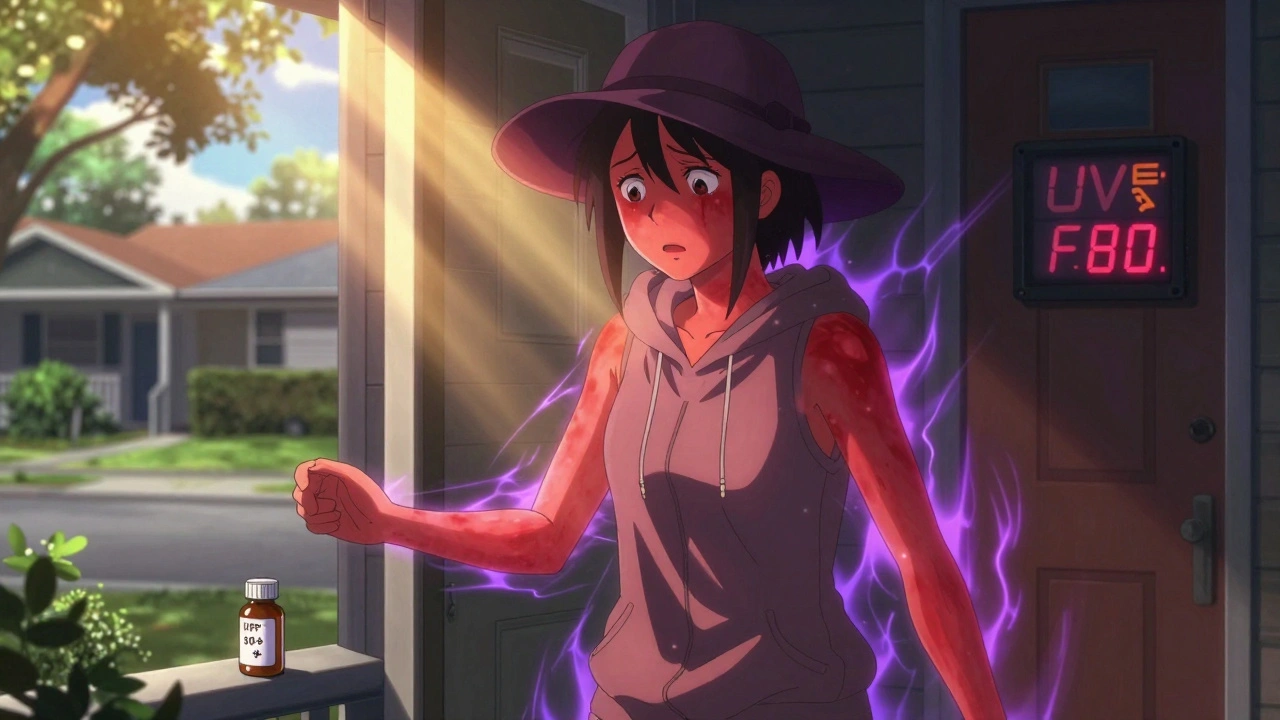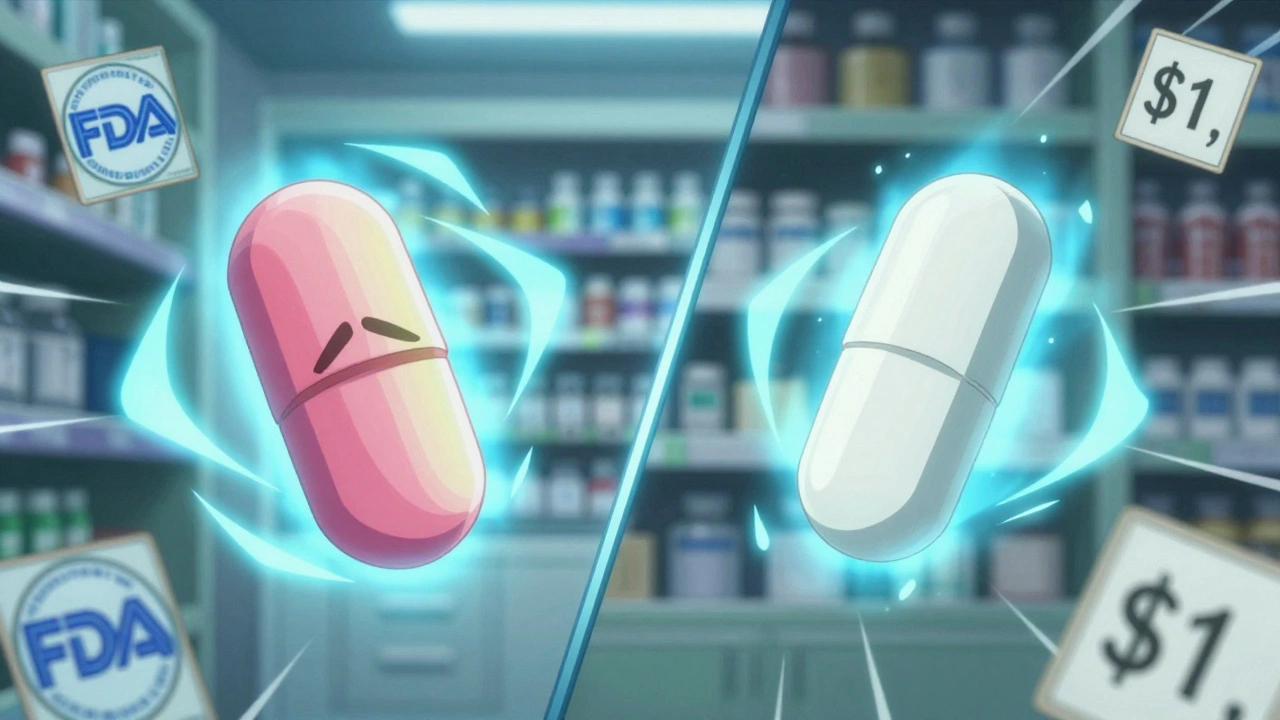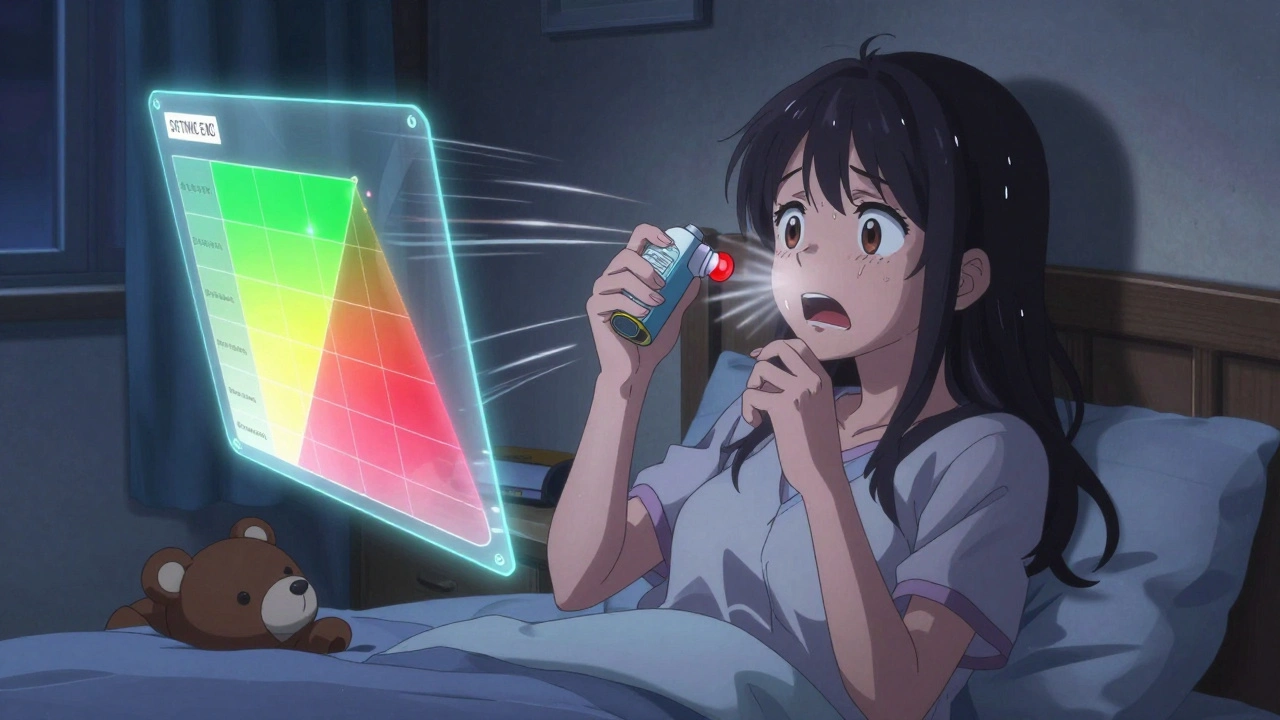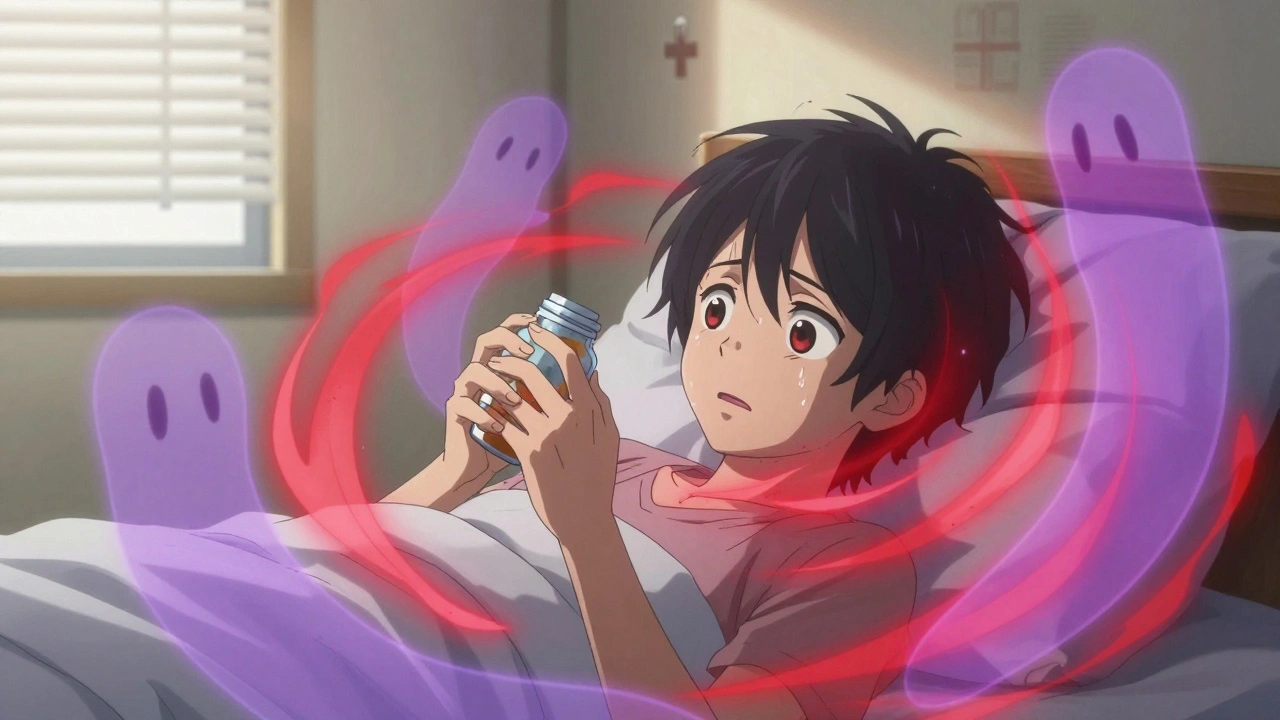reducing: practical ways to cut medications, side effects & dependence
Want to reduce a medicine, side effects, or dependency without creating new problems? Good — that’s smart. Reducing meds is about planning, monitoring, and small steps. This page pulls practical advice you can use today and points to helpful topics like tapering prednisone, safer alternatives, and lifestyle moves that actually help.
How to approach reducing safely
First rule: never stop or change prescription medicines on your own. Talk to the prescriber. Bring a list of what you take, how long you’ve taken it, and what side effects bother you. A doctor can suggest a taper plan, lab checks, or alternative meds. Ask specifically how to reduce (timing, dose steps, warning signs) and when to get urgent help.
Common taper strategies are gradual. For many drugs, clinicians lower the dose in small steps over days or weeks while watching symptoms. Stopping quickly can cause rebound effects or withdrawal. If you feel worse during a taper, call your provider — sometimes the plan needs slowing or a temporary pause.
Everyday steps that help reduce reliance
Change your routine to reduce symptoms and make cuts more successful. For inflammation-related meds, try an anti-inflammatory diet: focus on vegetables, oily fish, whole grains, and cut back on processed foods and sugar. For stress-related meds, add short daily practices — 10 minutes of breathing, walking, or gentle yoga — which lower anxiety and reduce flare-ups.
Sleep matters. Poor sleep makes pain, mood, and inflammation worse. Aim for consistent bedtimes, limit screens before sleep, and fix the bedroom (dark, cool, quiet). Better sleep often means fewer medication needs.
Exercise helps too. Low-impact activities — walking, swimming, or cycling — can reduce pain and mood symptoms. Start small and build up. Physical therapy or guided exercise plans are useful when dealing with chronic conditions.
Track changes. Keep a simple diary: dose, symptoms, side effects, and a daily rating (pain, mood, energy). This record helps you and your clinician spot patterns and decide whether the taper is working.
Consider safe alternatives under medical advice. Some posts on this site cover drug swaps or non-drug options — for example, breathing techniques and inhaler alternatives for athletes, or topical treatments for skin issues. If you’re buying meds online, prioritize verified pharmacies and avoid suspiciously cheap sites.
Watch for red flags: severe withdrawal symptoms, rapid return of the original problem, fainting, chest pain, or suicidal thoughts. These need immediate medical attention. Otherwise, steady, supported reductions often work well.
Want targeted help? Check the linked articles on this tag — from taper tips for prednisone to safer inhaler options and reviews of trusted pharmacies. Use the guidance, talk to your clinician, and make changes slowly. Small steps add up.
The Role of Antioxidants in Reducing Eye Redness and Irritation
In my latest blog post, I delved into the important role antioxidants play in reducing eye redness and irritation. I discovered that these powerful substances combat free radicals and inflammation, which are often the culprits behind our eye issues. Including antioxidant-rich foods in our diet, like leafy greens and colorful fruits, can significantly improve overall eye health. I also found that eye drops containing antioxidants can provide instant relief for red and irritated eyes. It's amazing how a simple change in our diet and lifestyle can make such a huge impact on our eye health.






